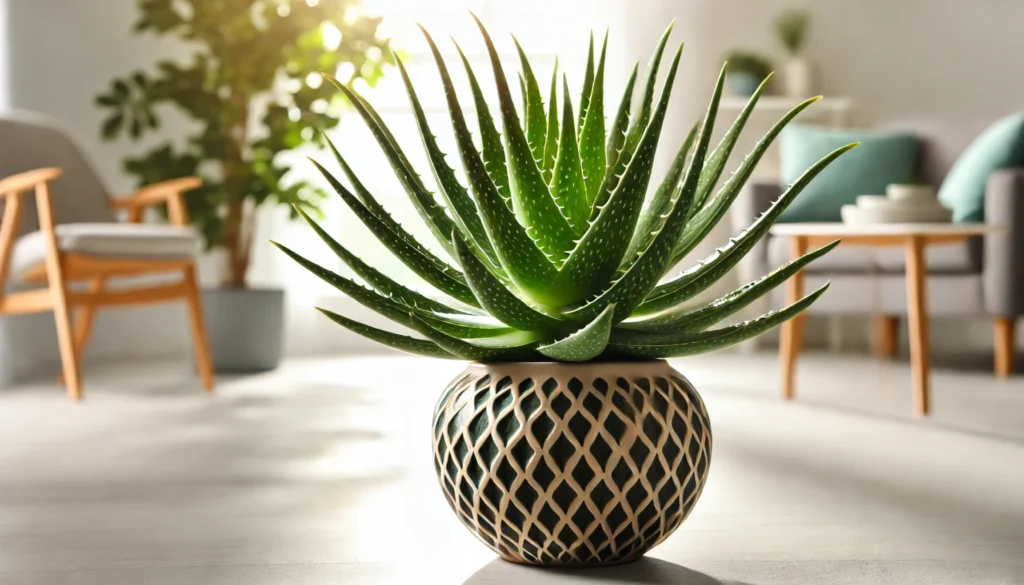
The Lady Palm, scientifically known as Rhapis excelsa, is a sophisticated and elegant houseplant that adds a touch of class to any indoor space. Let’s dive into the characteristics of this plant and learn how to care for it effectively.
Description and Size
The Lady Palm is characterized by its lush, fan-shaped leaves that are divided into slender, finger-like segments. These leaves grow on thin, bamboo-like stems, giving the plant a refined and graceful appearance. Indoors, the Lady Palm can reach a height of 4-6 feet, making it a striking focal point in any room.
History and Natural Habitat
Native to the subtropical regions of Southern China and Taiwan, the Lady Palm has been cultivated for centuries, especially in Asian gardens and homes. Its resilience and attractive foliage have made it a popular choice for indoor gardening worldwide.
Ideal Growing Conditions
Light
The Lady Palm thrives in bright, indirect light but can also tolerate low light conditions. It is an adaptable plant, making it suitable for various indoor spots. Avoid direct sunlight, which can scorch its leaves.
Temperature and Humidity
This plant prefers temperatures between 60-80°F (16-27°C). It enjoys moderate to high humidity levels but can adapt to average household humidity. If the air is too dry, consider using a humidifier or placing the plant on a humidity tray.
Soil
A well-draining potting mix is essential for the Lady Palm. A mix of peat, perlite, and pine bark works well, ensuring the soil remains moist but not waterlogged.
Watering
Water your Lady Palm thoroughly, allowing the top inch of soil to dry out between waterings. Overwatering can lead to root rot, while underwatering can cause the leaves to brown at the tips. Aim for consistent moisture without letting the plant sit in water.
Toxicity
The Lady Palm is non-toxic to both pets and humans, making it a safe choice for households with curious animals and children.
Common Problems and Solutions
Yellow Leaves
- Cause: Overwatering is the most common cause of yellow leaves.
- Solution: Allow the soil to dry out between waterings and ensure proper drainage.
Brown Leaf Tips
- Cause: Low humidity or underwatering can cause the tips of the leaves to turn brown.
- Solution: Increase humidity around the plant and ensure consistent watering.
Pests
- Common Pests: Spider mites, scale, and mealybugs can affect the Lady Palm.
- Treatment: Use insecticidal soap or neem oil to treat infestations. Regularly inspect your plant to catch and address issues early.
Diseases
- Root Rot: Caused by overwatering and poor drainage. Ensure the soil is well-draining and allow it to dry out between waterings.
- Leaf Spot: Fungal infections can cause brown spots on leaves. Improve air circulation and avoid overhead watering to keep the leaves dry.
Best Practices for Care
- Repotting: Repot every 2-3 years to refresh the soil and provide more space for growth. Spring is the best time for repotting.
- Fertilizing: Feed your plant with a balanced, water-soluble fertilizer every 4-6 weeks during the growing season (spring and summer).
- Pruning: Trim any dead or yellowing leaves to maintain the plant’s health and appearance. Pruning also helps to promote new growth.
Overall Ease of Care
The Lady Palm is an excellent choice for plant enthusiasts of all levels. Its adaptability to various light and humidity conditions, combined with its low-maintenance nature, makes it a highly desirable houseplant. Its elegant appearance can elevate the aesthetic of any indoor space, providing lush greenery and a touch of sophistication.
In conclusion, the Lady Palm is a beautiful, low-maintenance plant that can thrive in a variety of indoor environments. With the right care and attention, it will grow into a stunning focal point in your home, bringing a sense of tranquility and elegance to your indoor garden.



